DENTITION. TYPES OF TEETH. FUNCTION OF TEETH
Teeth are the hardest structures of the human body. The type, number, and arrangement of a set of teeth represent the dentition.
Humans have two sets of teeth:
-
Primary teeth
Primary teeth are also known as deciduous teeth, milk teeth, baby teeth or temporary teeth. Primary teeth start to form during the embryo phase and erupt during infancy (from 6 months to 3 years).
Normally, there are 20 primary teeth, 10 on each dental arch: 4 incisors (2 central incisors and 2 lateral incisors), 2 canines and 4 molars.

Generally, by the age of 12 to 14 years, all primary teeth are replaced by permanent teeth but in the absence of permanent replacements, they can remain functional for many years.
-
Permanent teeth
Permanent teeth (or adult teeth) are the second set of teeth and normally consist of 32 teeth. The first permanent teeth appear around the age of 6 and are usually the first molars which erupt right behind the last “milk” molars of the primary dentition.
The permanent premolars will replace the milk molars of the primary dentition and all permanent molars will erupt behind the deciduous teeth.

Up to the age of thirteen years, twenty-eight of the thirty-two permanent teeth will appear. The four last permanent teeth, the third molars or the wisdom teeth, usually appear between the ages of 17 and 25 years.
Function of teeth
Chewing
Chewing is the main function of teeth. Teeth are part of the digestive system; chewing is the first stage of the process of digestion.
Food needs to be broken down and chewed before entering the digestive system so that the body can easily absorb nutrients from them. In the absence of teeth, digestion is hampered leading to significant disturbances in food absorption.
Depending on their position and type, teeth have a role in shearing, tearing or grinding food.
Aesthetics
Teeth, especially those located in visible areas, have an important aesthetic role. The position, shape, and shade of teeth have a pronounced impact in shaping each individual personality.
Pronunciation
Teeth can help us pronounce accurately as they have an important role in the pronunciation of consonants. When teeth are missing (especially upper front teeth), the normal speech can be severally affected.
Types of teeth
Typically, humans have 32 permanent teeth: 16 on the upper arch and 16 on the lower arch. Sometimes, due to genetic disorders, birth defects or eruption problems, more or fewer teeth are present.
Teeth are divided into four main groups, each with a well-defined position and function.
-
Incisors
Incisors are the most visible of all teeth and have a pronounced aesthetic role. They are divided into two subcategories:
-
Central incisors
The central incisors are located in the front part of the jaws and normally the midline of the face goes right between them. Central incisors (particularly the upper ones) are the most visible of all teeth. As with all teeth, variations of size, shape, and color exist among people.
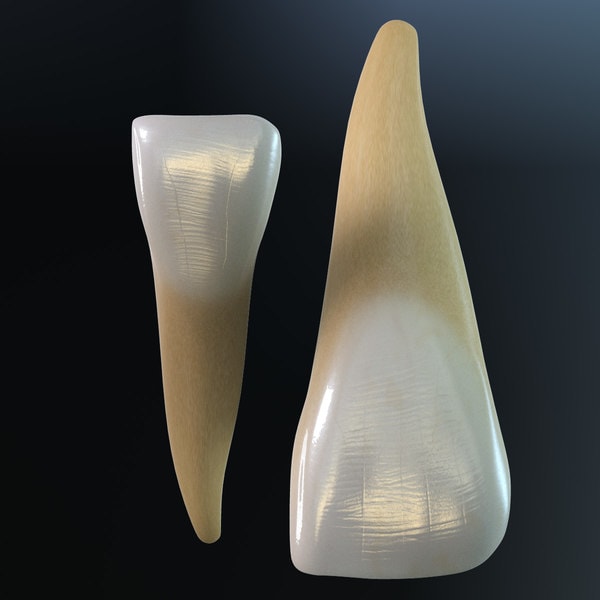 upper (right) and lower (left) central incisors
upper (right) and lower (left) central incisors
The upper central incisors (two in number) have a “shovel” shape and on the back side (palatal side), they typically show a cusp called the incisal ridge or edge. The two maxillary central incisors play an important part in the pronunciation of consonants.
The lower central incisors (two in number) are much smaller than the uppers. As for chewing, central incisors function is for shearing or cutting food during mastication. All incisors have a single root.
-
Lateral incisors
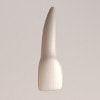
The lateral incisors are small teeth located between the central incisors and the canines. There are 4 lateral incisors: 2 upper and 2 lower.
Lateral incisors function is for shearing or cutting food during mastication. They have an important aesthetic role, although not as pronounced as the central incisors.
The upper lateral incisors can also play a part in consonants pronunciation. Lateral incisors have a single root, usually very small and thin.
-
-
Canines
Canines are one of the strongest of all teeth and are 4 in number: two upper and two lower. They are extremely important teeth from several points of view; therefore, canine extraction is only performed when no other alternatives are available.
The “V shape peak” from the top of the canines is called cusp.
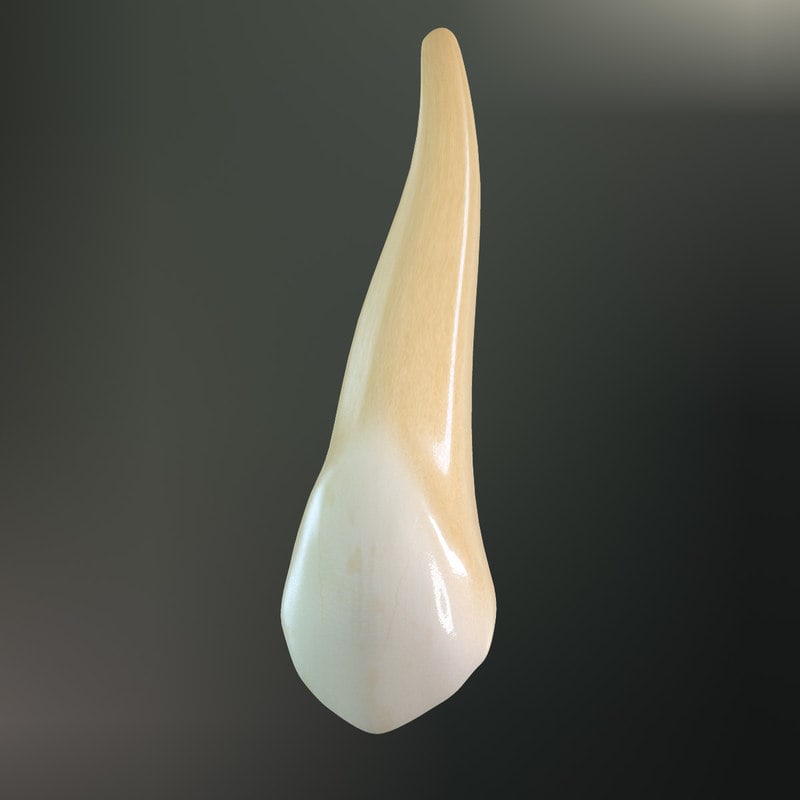 upper canine
upper canine
Canines make the transition between the anterior teeth (incisors) and the posterior teeth (premolars and molars) and are located in the place where the dental arch curves.
The location of the canines reflects their dual function as they complement both the premolars and incisors during mastication and at the same time, they have a pronounced aesthetic impact.
The canine teeth are able to withstand the tremendous lateral pressure caused by chewing; the most common action is tearing of food.
Canines have a single root, very long and well implanted into the jawbone. In fact, the upper canine is the longest tooth in total length. They are extremely strong and resistant and are among the most important abutment teeth when a fixed dental bridge is designed.
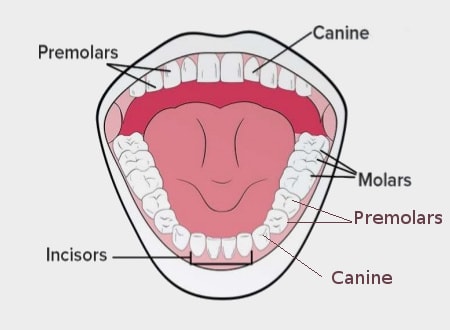
-
Premolars
The premolar teeth, or bicuspids, are transitional teeth located between the canine and molar teeth. Premolars have properties of both the anterior canines and posterior molars, and so food can be transferred from the canines to the premolars and finally to the molars for grinding, instead of directly from the canines to the molars.
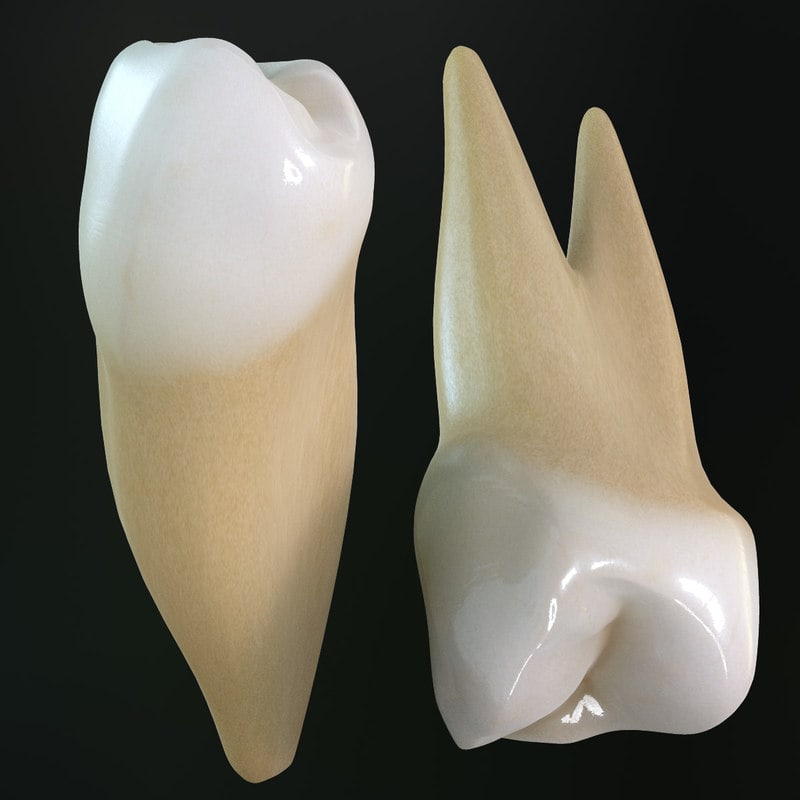 upper (right) and lower (left) premolars
upper (right) and lower (left) premolars
Premolars have two cusps. Premolars function is for tearing and grinding food during chewing. Normally, the first upper premolar has 2 roots and the rest of the premolars a single root. However, there are variations on that.
-
Molars
Molars are the most posterior and most complicated kind of teeth. Normally, adults have 12 molars, in four groups of three at the back of the mouth.
- The first molar located immediately behind (posterior) the second premolar. It erupts around the age of 6 right behind the last “milk” molars.
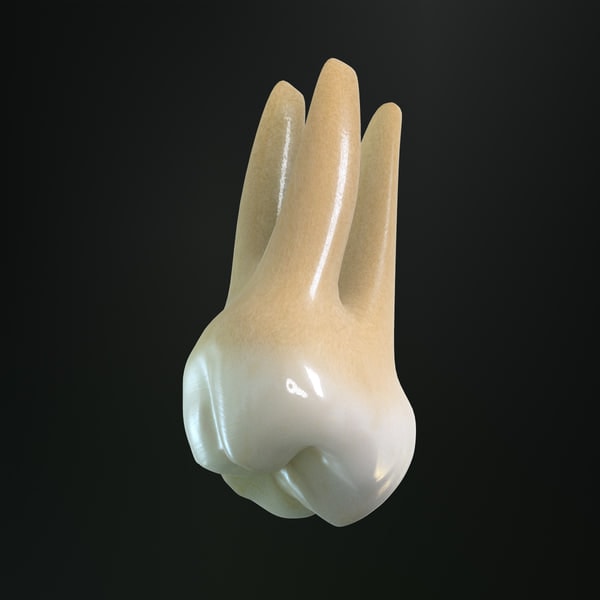 first upper molar
first upper molar
- The second molar located immediately behind (posterior) the first molar. It erupts around the age of 12.
- The third molar or wisdom tooth; it is the rearmost molar and it is the last tooth to appear, breaking through the front of the gum at about the age of 20, although this varies from individual to individual. Sometimes, wisdom teeth can cause various problems.

Molars have 4 or 5 curps. The main function of all molars is grinding of food during mastication.
Molars can have a various number of roots (from one to four, even five). Generally, the first upper molars have three roots while the lower molars have two roots.
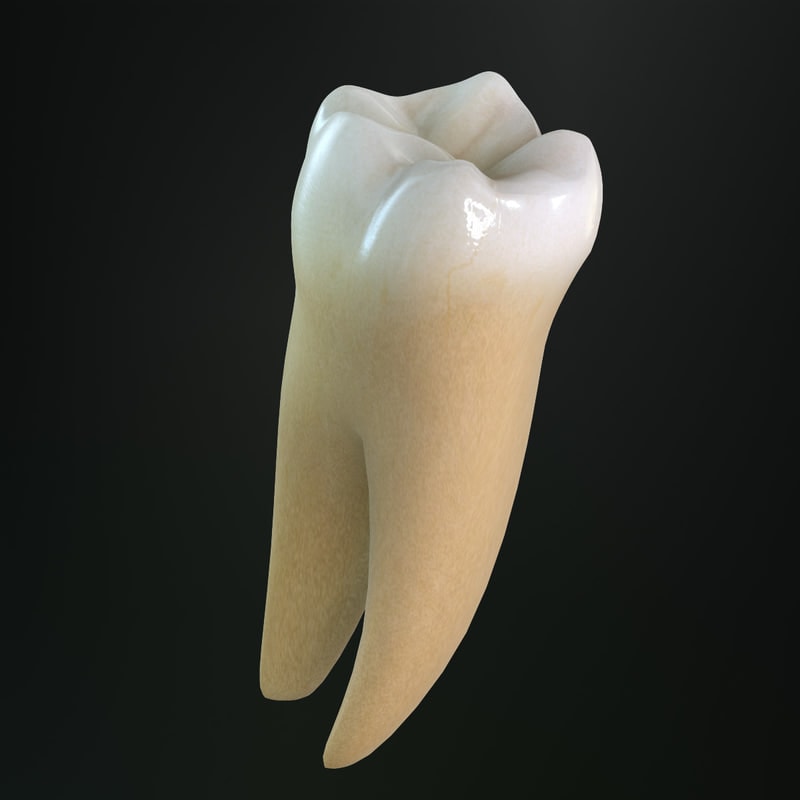 lower molar
lower molar
Molars are extremely powerful and strong teeth. Like canines, they are important abutments in supporting various dental reconstructions.
- The first molar located immediately behind (posterior) the second premolar. It erupts around the age of 6 right behind the last “milk” molars.
For more information Visit Our Clinic Now
We prove full treatment of a patient suffering from all Child Care Related Problems.
Visit Our Website Today:-www.drgyanhomoeo.com
Book Your Appoint Now:-https://www.drgyanhomoeo.com/book-an-appointment/





